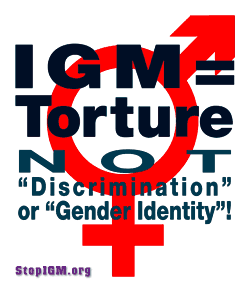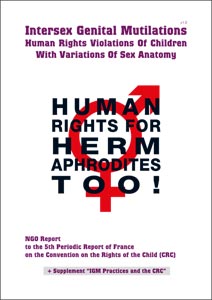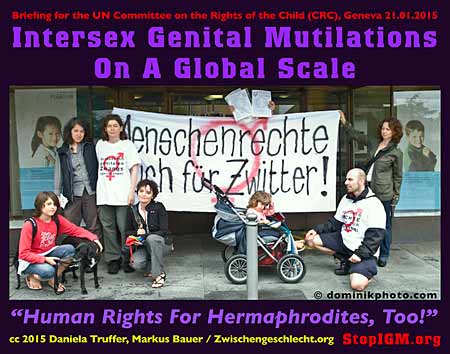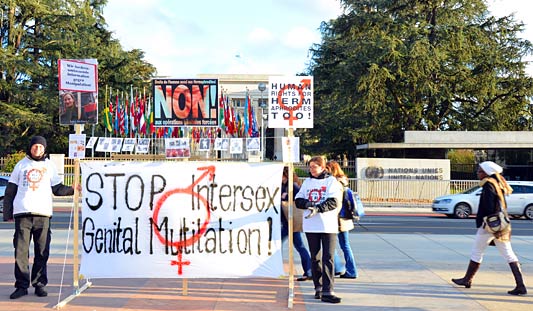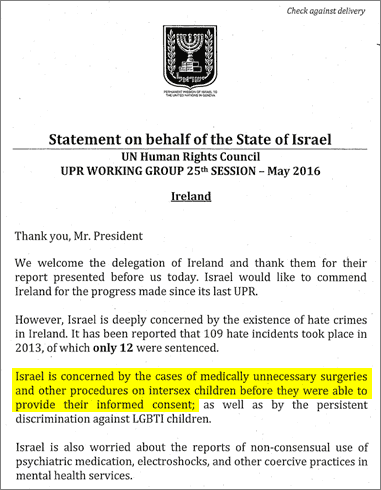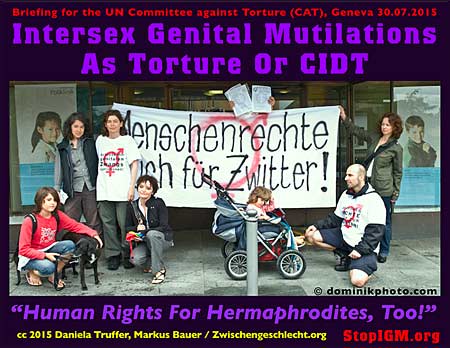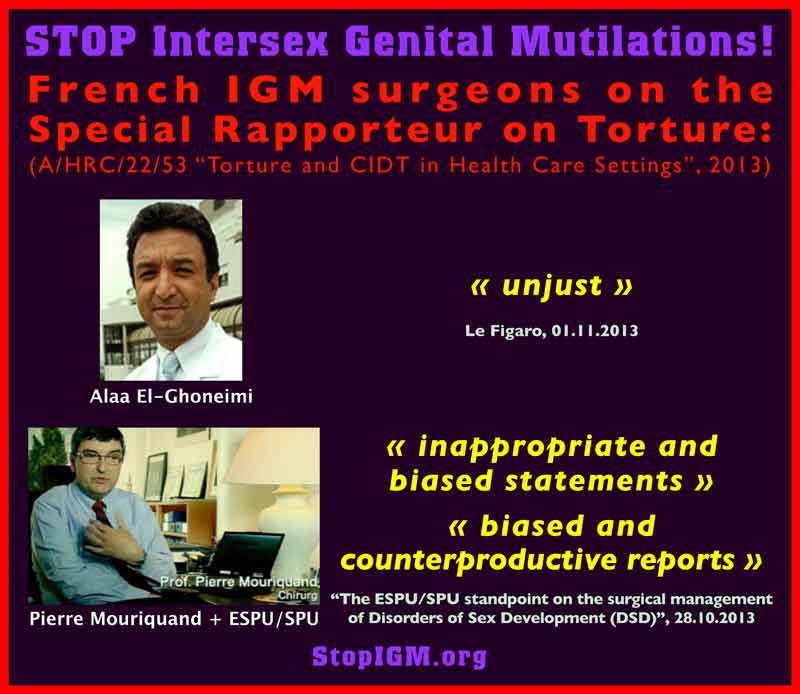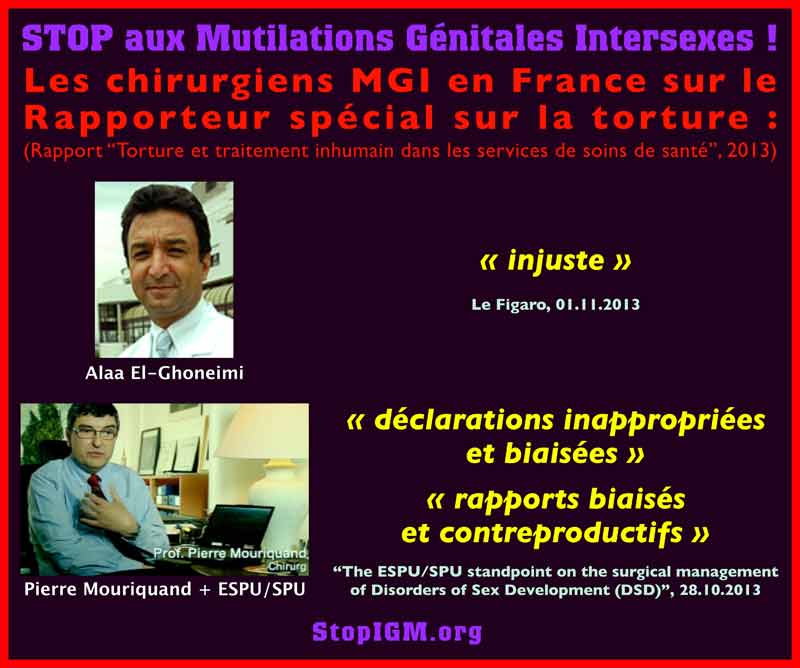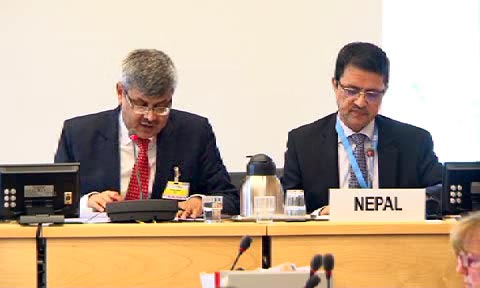 Head of Nepali Delegation replies to first round of questions, Palais Wilson 19.05.2016
Head of Nepali Delegation replies to first round of questions, Palais Wilson 19.05.2016
(Lower right corner: Kirsten Sandberg, Committee Co-Rapporteur on Nepal)
![]() Fri 20 May 10:00-13:00h CET [Nepal: 12:45-16:45h] at the 72nd Session of the UN Committee on the Rights of the Child (CRC), Nepal ‘answered’ the CRC’s questions about Intersex Human Rights including the “growing practice of Intersex Genital Mutilations” – videos now archived on treatybodywebcast.org. Unofficial Transcription below:
Fri 20 May 10:00-13:00h CET [Nepal: 12:45-16:45h] at the 72nd Session of the UN Committee on the Rights of the Child (CRC), Nepal ‘answered’ the CRC’s questions about Intersex Human Rights including the “growing practice of Intersex Genital Mutilations” – videos now archived on treatybodywebcast.org. Unofficial Transcription below:
[ Next week, it will be the turn of the UK … ]
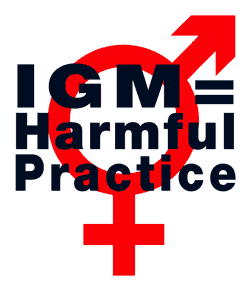 “Intersex Genital Mutilations, Stigma and Bullying in Nepal”
“Intersex Genital Mutilations, Stigma and Bullying in Nepal”
1. Background: 1st Intersex Workshop, Intersex Stories Book, 2016 CRC NGO Report
2. Intersex Genital Mutilations in Nepali Paediatric Hospitals
a) IGM in Publications by Doctors and Hospitals
b) IGM in Witnesses Accounts
3. Denial of Needed Health Care
4. Stigma, Bullying and Isolation
Session 2, Fri 20.05.2016, 10-13h CET
10:11h: The live transmission is now on! Nepali delegation already answering … Currently health and education expert talking.
11:03h: First round of answers over, no reply on intersex yet. Now follow-up questions by CRC members.
11:30h: 15 minutes intermission
11:46h: Session resumed. Still about “child marriage”
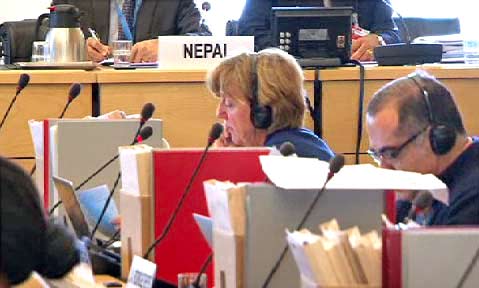 12:03h: Kirsten Sandberg repeats question on intersex children, highlights the apparent rise of involuntary surgery. YAY!! 🙂
12:03h: Kirsten Sandberg repeats question on intersex children, highlights the apparent rise of involuntary surgery. YAY!! 🙂
“Thank you. I would just like to repeat my question from yesterday about intersex children, children born with unclear genitals, and it seems there is an increasing practice in your country of subjecting them to some kind of surgery when they are really infants, and without, well, the parents consented, they get the parent’s consent, but this need not be done until children are much older and may be able to give their own consent or their view on this. And I wonder if this is an issue that you’ve at all discussed in your country.”
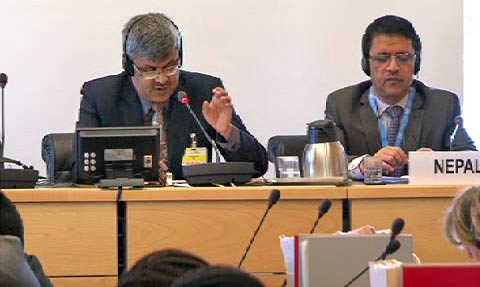 12:08h: Madhu Prasad Regmi, Secretary of Ministry for Women, Children and Social Welfare and Head of Nepali delegation, “replies” on intersex children – as per usual simply ignores IGM, but deflects to “anti-discrimination measures” and civil status “other than male or female” – BINGO! 🙁
12:08h: Madhu Prasad Regmi, Secretary of Ministry for Women, Children and Social Welfare and Head of Nepali delegation, “replies” on intersex children – as per usual simply ignores IGM, but deflects to “anti-discrimination measures” and civil status “other than male or female” – BINGO! 🙁
“One question still seems to be unanswered, it is about the intersex children. Yeah, the constitution has adopted the principal of non-discrimination based on sex or the religion or cast, ethnicity or origin or any other type. So there will be no discrimination against any person based on gender or ethnicity or anything else. And I would just like to kindly inform, kindly draw her attention that the government of Nepal has recently initiated to provide citizenship certificate, even passports and [incomprehensible] id card by explicitly mentioning the gender other than male and female. So that is also we have recently started the practice. That is what I would like to say, the answer of her question. Thank you.”
12:19h: No more follow-up questions by Committee members – involvement of children in armed conflicts under the optional protocol now – so, re: intersex that was probably that.
12:35h: Chairperson closes public session – and we’re hoping for strong Concluding Observations on intersex children for Nepal!
Session 1, Thu 19.05.2016, 15-18h
Ca. 15:04h: CRC Chairperson Benyam Dawit Mezmur opens the session.
Ca. 16:00h: First round of questions finished … While questions were asked about harmful practices (e.g. about forced marriage), no questions on intersex so far …
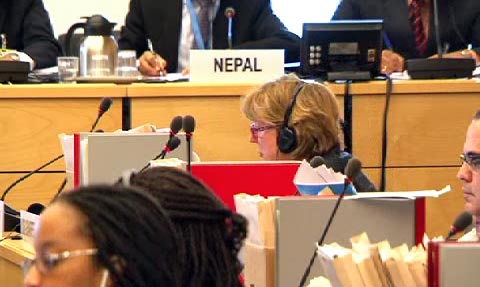 17:40h: Kirsten Sandberg,
17:40h: Kirsten Sandberg,
CRC Co-Rapporteur on Nepal,
raises intersex children! YAY!!!
“To intersex children, which is also related to medical issues, but is also being viewed by this committee as a harmful practice, when intersex children are exposed to medically unnecessary procedures at an early age before they can voice their own views. I wonder if you are aware of these issues, because intersex children in your country have informed us that they feel stigmatised and discriminated against, also that they’re not given the proper self-determination in these issues.”
The replies on intersex by the Nepali delegation are due tomorrow during the 2nd Session, Fri 20 May 10-13h CET. To be continued …
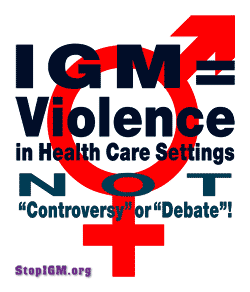 “Intersex Genital Mutilations, Stigma and Bullying in Nepal”
“Intersex Genital Mutilations, Stigma and Bullying in Nepal”
1. Background: 1st Intersex Workshop, Intersex Stories Book, 2016 CRC NGO Report
2. Intersex Genital Mutilations in Nepali Paediatric Hospitals
a) IGM in Publications by Doctors and Hospitals
b) IGM in Witnesses Accounts
3. Denial of Needed Health Care
4. Stigma, Bullying and Isolation
See also:
• 11 Verdicts by UN Treaty Bodies Condemning IGM – And Counting …
• UN Committee for the Rights of the Child (CRC) 2015: IGM = Harmful Practice
• UN Committee against Torture (CAT) 2015: IGM = Inhuman Treatment or Torture
• UN Human Rights Committee (HRCttee) to examine IGM Practices
• UN Committee on the Rights of Persons with Disabilities (CRPD) condems IGM
• Historic 56th Session of Committee against Torture reprimands 4 Governments over IGM
• CAT 2011: Germany must investigate IGM practices and compensate survivors!
Intersex Genital Mutilations • 17 Most Common Forms
Human Rights Violations Of Children With Variations Of Sex Anatomy
IGM – Historical Overview • What is Intersex? • How Common are IGMs?
>>> Download PDF (3.65 MB) >>> Table of Contents
Eliminating IGM practices by holding the perpetrators accountable via well-established applicable human rights frameworks, including Inhuman Treatment and Harmful Practices – Presentation @ UN expert meeting on Intersex Human Rights in Geneva 26.–27.10.2015
>>> Download PDF (831kb)
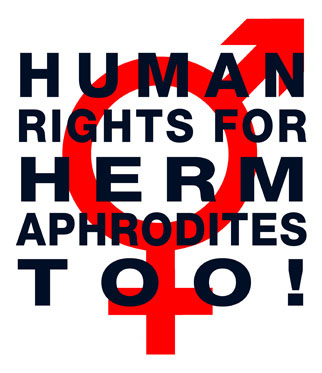
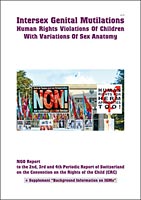
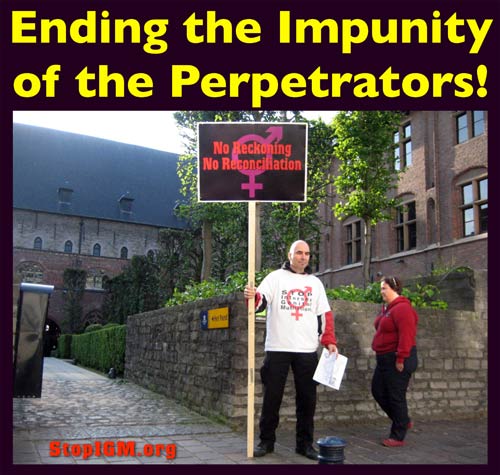
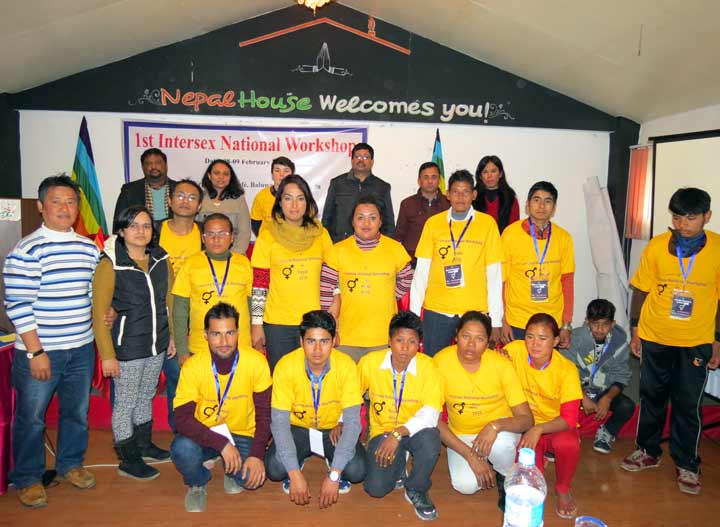
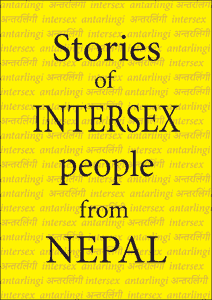
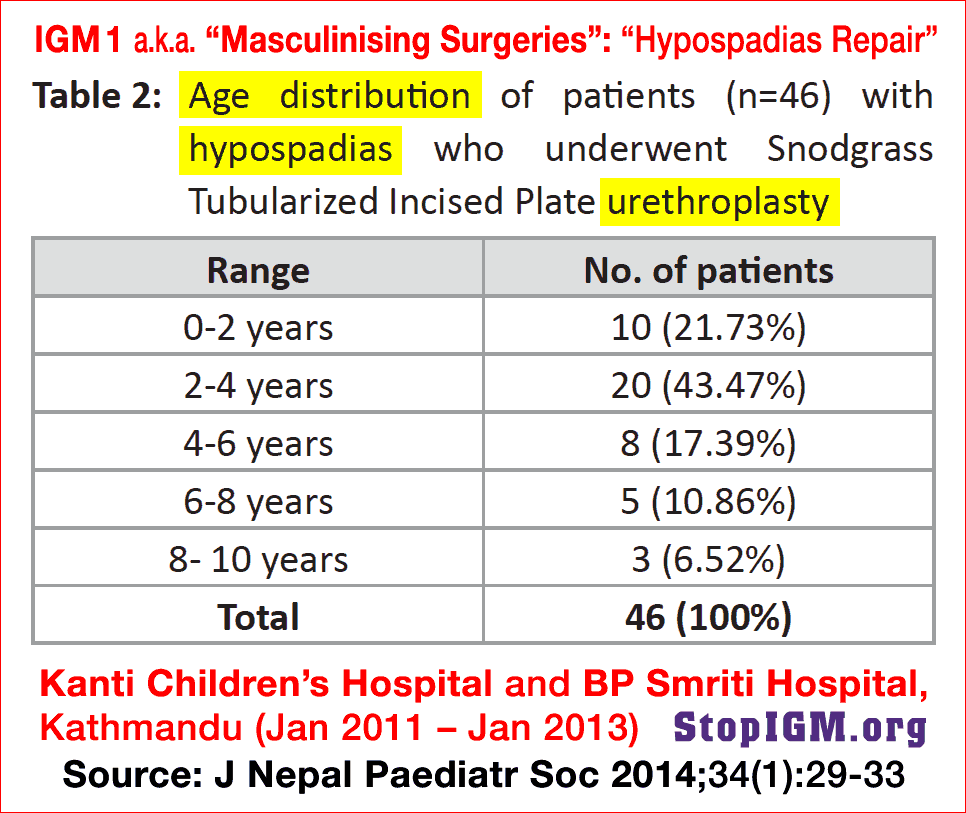 “All children underwent tubularized incised plate urethroplasty”
“All children underwent tubularized incised plate urethroplasty” 

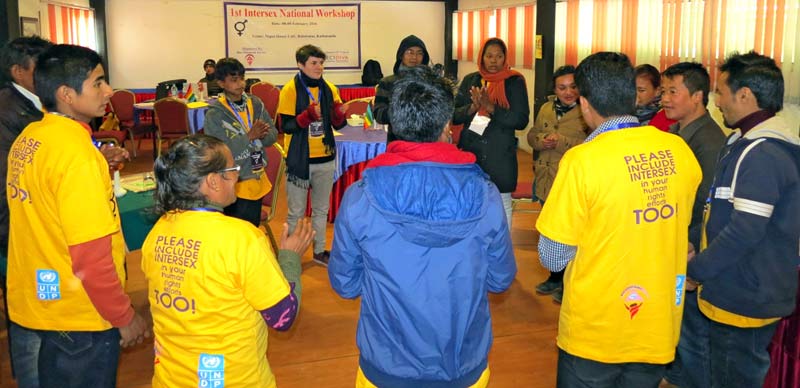 Photo: 1st Intersex National Workshop, Kathmandu 8-9 February 2016
Photo: 1st Intersex National Workshop, Kathmandu 8-9 February 2016 
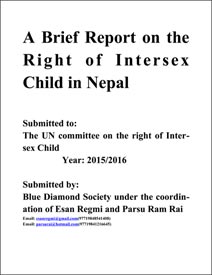
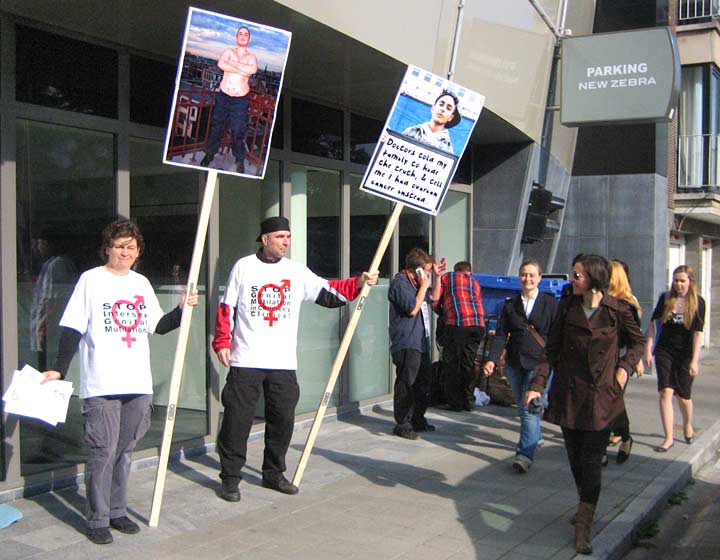

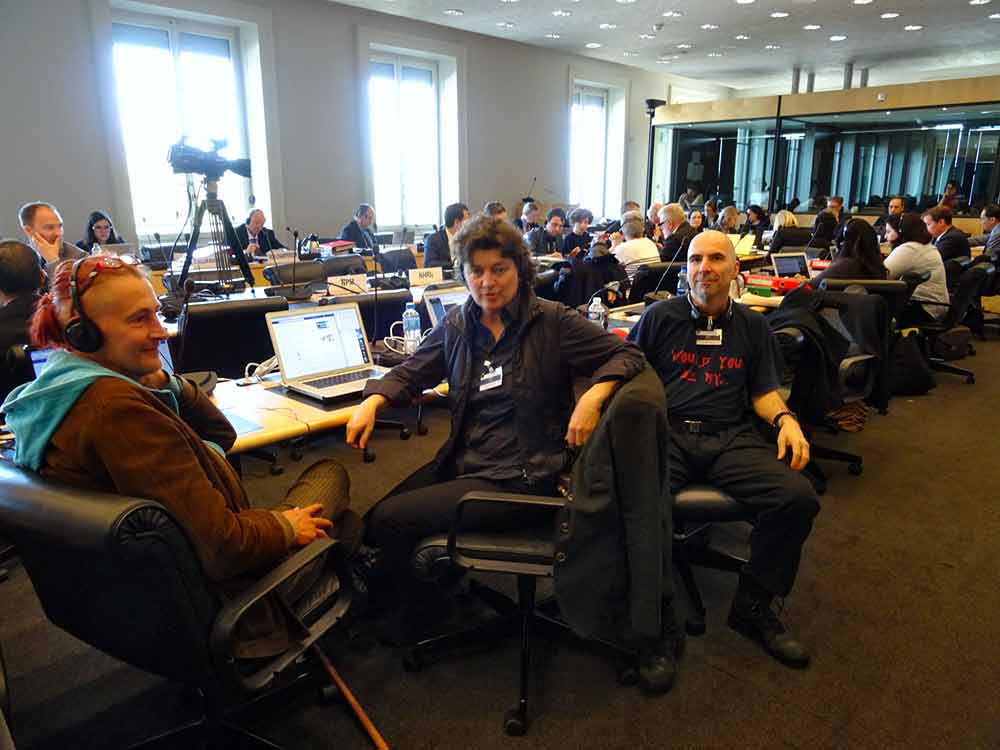 Intersex Human Righs Defenders, 57th Session UN Committee against Torture (CAT):
Intersex Human Righs Defenders, 57th Session UN Committee against Torture (CAT):